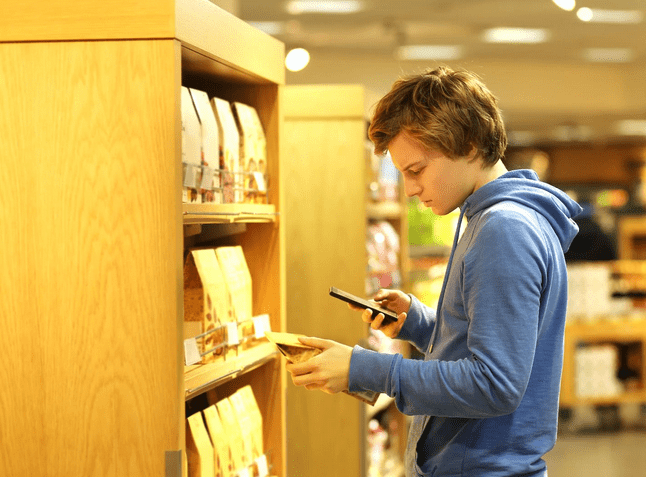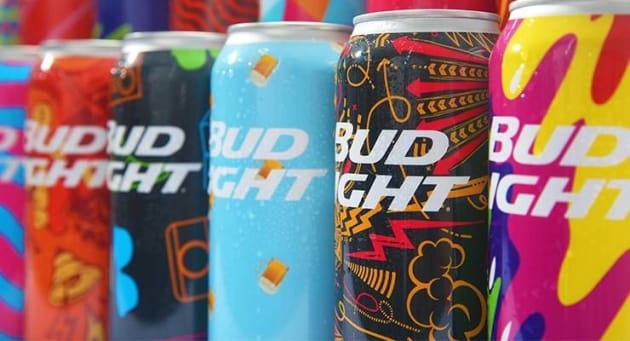But unlike explicit written nutrition claims such as “low sodium,” which are subject to strict governmental regulation, the implied health messages of package design are entirely up to the manufacturer. While design techniques are often used fairly to communicate the presence of a more healthful product, they are also sometimes employed in misleading ways. Keep an eye out for these tricks of the trade to avoid being duped by a product with a deceptively healthful veneer.
Thin, shapely containers: It’s no accident that many packaged lower-calorie drinks such as skinny margaritas and flavoured sparkling waters come in thin bottles. That silhouette propels the message that the product is slimming, since research demonstrates that people perceive food and drinks in elongated packages as less caloric than those in wide packages. And when a thin container also has a curviness to it, with an indented “waist” (a concave shape), the product inside is perceived as healthier, particularly by women who have a high body mass index, according to a recent study published in the journal Food Quality and Preference. Such a container may actually hold a better-for-you, lower-calorie option, but it could also serve as an unwarranted health halo on a drink you’d be better off avoiding.
Images of fields, farms, grains and produce: The images printed on many packages can reveal more about what the manufacturer wants you to associate with the food than the quality of the food itself. As I browsed the grocery store recently, I saw pictures of whole wheat still in its husk on boxes of crackers made only with refined flour; sketches of garden leaves on bags of coconut sugar, and prominent images of ripe whole fruit and vegetables on snack bars and puffs that contain more sugar than produce on the ingredient list, and the produce was in powdered form at that. Pictures on packages can be powerful unconscious cues, connoting unprocessed, farm-fresh, natural foods that are flush with healthful properties. Very often the ingredient list tells a different story.
Muted colors: When food manufacturers want to give you the impression that their food is more healthful and natural (read: free of artificial ingredients, less processed) they tend to steer clear of bold colours on their packaging in favor of lighter, more muted tones. That’s because research shows people associate paler hues with a better-for-you products and bright colors with more intense, possibly artificially boosted, flavors. Healthier products in the United States tend to have pale white, green, brown and yellow coloration, so plucking a product off the shelf based on package colour might actually lead you to a better choice. But then again it might not. Colour impacts our perception more powerfully than we might realize — even to the point of defying logic. One study, for example, found that a candy bar with a green calorie label was perceived as healthier than the exact same bar with the same calorie information on a red label.
Brown paper packaging: In the same vein, packaging material considered to be eco-friendly, such as glass or brown cardboard or paper, can lead us to believe the food inside is better too — higher quality, more sustainably produced and healthier. Since environmentally conscious consumers are often willing to pay more for those attributes, it’s a ripe opportunity for marketers to rebrand the same old product, often at a price premium.
Transparency: Another design that has become increasingly popular is transparent material for all or part of a food package. A window into what is inside a container not only provides the obvious benefit of allowing you to see what you’re getting before you make a purchase, it also informs, correctly or not, our overall impression of the food inside. Research shows that foods in transparent packages are perceived to be higher quality, more attractive, fresher, and healthier than those in opaque packages.
Taken together, these design techniques are not necessarily a bad thing — they will often lead you to products that are genuinely better for you and the planet. But to be a smart consumer, don’t judge a food by its container. At the very least, make a habit of turning a package over to read its ingredient list and nutrition facts before adding it to your cart.
Feature Image Credit: Packaging material that is considered eco-friendly, such as brown paper, can lead us to believe the food inside is better, too. (iStock)




